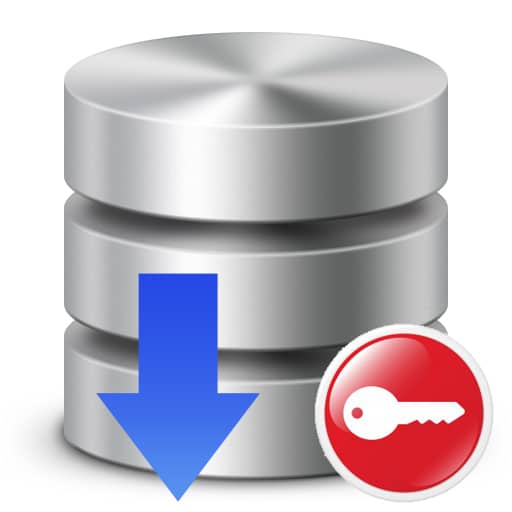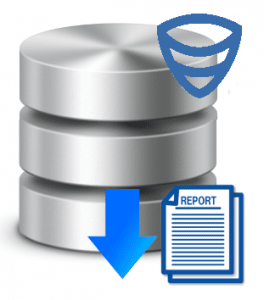 Recently we ran load tests against our SQL Server to see how server performance changes and how SQL Server responds to the load. If you’re interested here you can find a tutorial on how to simulate load against a database using free SQL Server load simulator HammedDB.
Recently we ran load tests against our SQL Server to see how server performance changes and how SQL Server responds to the load. If you’re interested here you can find a tutorial on how to simulate load against a database using free SQL Server load simulator HammedDB.
Learn SQL
Giveaway: SQL Server Formatting Types Cheat Sheet
SqlBak.com presents you a free SQL Server Formatting Types Cheat Sheet. We spent several hours composing it for you.
SQL Server Backup Permissions
 Backup permissions: This post will take you through the list of backup permissions a user needs to have in order to be allowed to make the most basic backup operation.
Backup permissions: This post will take you through the list of backup permissions a user needs to have in order to be allowed to make the most basic backup operation.
We will also explain what are some of the most advanced options for backing up databases and how you can give these privileges as well to some of your most trusted users.
SQL Server backup report
 In this article, you can find a small script that you can use as a small cheat to have access to an on-the-go backup report of your databases.
In this article, you can find a small script that you can use as a small cheat to have access to an on-the-go backup report of your databases.
If you can connect to your database, you can run this query and find out when was the last time your databases were backed up
and when were the last times a Full, Differential, or Transaction Log backup was taken.
But what do you do when you do not have remote access to your databases, but still like to have a quick review of your last successful backups? Well, we’ll cover this too…
SQL Server backup types cheat sheet
SqlBak.com presents you a free SQL Server backup types cheat sheet infographic. This cheat sheet clearly explains the difference between Full Backup, Differential Backup and Transaction Log Backup in SQL Server. Feel free to Download PDF or PNG files.
Giveaway: SQL Server String Functions Cheat Sheet
SqlBak.com presents you a free SQL Server String Functions Cheat Sheet. We spent several hours composing it for you. Enjoy!
Learn SQL #5: How to write a SQL query (2)
 This is the continuation of our previous article, where we go over the basics of the main SQL Query to build a database and its tables. Also, we went over the SQL query that you use to get data from your database.
This is the continuation of our previous article, where we go over the basics of the main SQL Query to build a database and its tables. Also, we went over the SQL query that you use to get data from your database.
Now we will continue with the queries that you use to manipulate the data in the system.
Learn SQL #4: How to write a SQL query (1)
 So, in our previous articles, we introduced you to what is SQL, for what it is used, how it stores data in databases and tables, and how it works through commands (SQL query), and how the commands are different based on what SQL type you use.
So, in our previous articles, we introduced you to what is SQL, for what it is used, how it stores data in databases and tables, and how it works through commands (SQL query), and how the commands are different based on what SQL type you use.
Now that we have the overview, we are going to dive into writing our first SQL command, which in technical terms is called a query, as you might already know.
Learn SQL #3 : SQL Commands
Now that we know how SQL works in a database system, it is now time to learn what sql commands (code) we need to write for specific operations.
As we said in our previous post, SQL gives you complete power over your data. But what does this mean exactly? We have many types of commands which allow you to do different operations with your data.
